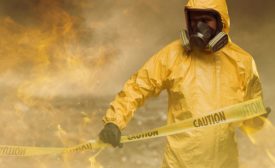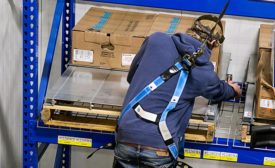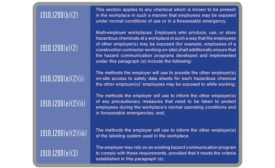Risk Management
Human error & operational risk
Are you looking in the wrong place to manage non-compliant behaviors?
November 14, 2018
New fibers & yarns, advanced knitting patterns improve hand protection
A cut above
November 4, 2018
Prevent explosions that can occur in dust collectors
Catastrophic consequences
November 4, 2018
Don’t overlook storage, care & use of PAPR batteries
A matter of life-saving maintenance
November 4, 2018
How to develop a robust oversight management program
When contractors come on site
October 31, 2018
How I quickly assess safety cultures
Look at primary, secondary & misleading markers
October 29, 2018
Never miss the latest news and trends driving the safety industry
eNewsletter | Website | eMagazine
JOIN TODAYCopyright ©2024. All Rights Reserved BNP Media.
Design, CMS, Hosting & Web Development :: ePublishing











